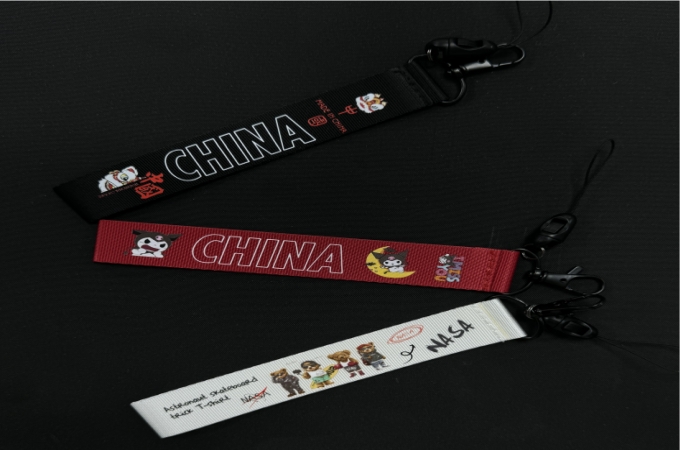02
Sep

Many people and businesses have benefited from using DTF Printing. Its ease of use and wide applications make it a top choice among its counterparts.
But while there are so many advantages that come with DTF printing, the process also comes with some problems. These issues, if not taken care of, could impact the quality of the print.
This article will consider some of the most common problems with DTF Printing. Check out this article to learn about them and how to prevent them from happening.
These issues happen when the ink does not adhere well to the material. It is unable to stamp the material properly. The ink also does not soak in well. Hence, it produces very poor prints that do not adhere to the material. This issue often leads to the decreased lifespan of prints. It also produces poor product quality.
How to Fix: Ink density can be changed to increase ink penetration in the printer. Pre-treatment can also be done.
This happens when the ink reaches beyond the designed areas. Blurry or fuzzy prints is often the result of this issue.
How to Fix:
Reduce the amount of ink in the printer. Make sure to also as improve the precision of the print. With less ink used, the spreading is controlled. Additionally, when the parameters of the printer are adjusted, the clarity and definition of the prints are improved.
This problem is often caused by the failure of the ink to dry properly. It could also be a result of over-application of ink. This issue is usually observed when designs printed on paper seem to be blurred or stained. It can detract from the quality of the print. It can make it look rather amateurish.
How to Fix: It is advisable to correct heat and pressure to achieve proper curing. Save paper by adjusting the margins of the printed documents. You should also find ways to reduce ink since it may lead to smudging. It is advisable to check heat transfer multiple times.
This issue often arises when ink mixing is done poorly. In some cases, the printer is not well-calibrated. As a result, uneven or faded colors will show up. The accuracy and vibrancy of the design will be affected.
How to Fix: Make sure that the ink is well blended before printing and adjust the printer settings when necessary. Correct calibration is important to keep the color in check and to prevent color shift differences from occurring so that the final works are bright and clear.
This happens when the material moves at the time of printing. Also, if another layer of color is applied when the first layer is still wet. This results in blurred, distorted, or duplicated images.
How to Fix: Use a stronger clamp for your material. With this, you will get the right position during the printing process. You should also give it enough time to dry before laying the next print. Contamination will then be avoided. There will also be increased accuracy of results.
A clogged printhead is a result of dried ink or other residues. This will produce printing gaps or streaks. And if neglected, significant problems will arise. It might reach a point where your printer can’t produce evenly printed images.
How to Fix: Perform a routine nozzle test. This is to determine if the nozzle is blocked. You should also clean the printhead regularly. In addition, make sure to use premium-quality inks. Premium ones contain fewer foreign particles and will not cause blockage. Ink cartridges should also be cleaned regularly to increase the printhead’s lifespan.
This is when white ink appears gray or does not print at all. This is normally so if the white ink is not mixed well. It could also be caused by the printer not being calibrated.
How to Fix: Stir the white ink every day to prevent the pigment from settling at the bottom. Make sure that the white ink is well-calibrated on the printer for the best outcome. This can also be prevented by utilizing high-quality white ink. It can also be prevented by maintaining the ink cartridges from time to time.
Solid color blocks are uneven with visible water ripples or lines. This could be due to waveform settings. It could also be caused by nozzle alignment or poor ink quality.
How to Fix: Modify stepping parameters, increase tension, and check the ink. Adjust the nozzle for its physical location to align it to the target. This means keeping sample prints while setting up the machine is appropriate. Before printing, the machines are set properly with the right waveforms; if there are concerns, they can be altered.
There are cases when the ink is red, but its distribution is uneven. This is due to a problem with the nozzle.
Replace the red ink nozzle with the white ink one. It is also recommended to use milky powder to cut down white ink usage further while getting the same effects. This can reduce the quantity of white ink used while maintaining the quality of the prints.
Some of the problems that may be observed with DTF Printing include ink smudging, poor adhesion, and blockage of the printhead. However, if the equipment is well maintained, calibrated, and fine-tuned, most of these problems can be avoided. If these problems are solved as soon as possible, your DTF printing will be effective and produce high-quality results.
DTF printers from TEXTEK are both beginner-friendly and great for professionals in the field. You can check out DTF-A30 or DTF-A602. That is not all; there are also other TEXTEK DTF printers for all job types.
Drop us an email and let's make great things happen: info@textek.com
Contact us through WhatsApp and let's talk furthermore: +8619137185989
.jpg)
